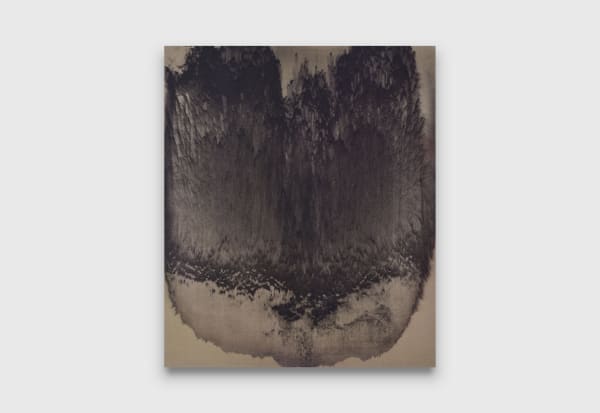Oliver Wagner: Rehearsal
-
COMA is pleased to present a solo exhibition by Swiss-Australian artist Oliver Wagner (b. 1969), titled Rehearsal, on view from 10 October - 8 November, 2025 at 37 Chapel Street, Marrickville, Sydney, NSW 2204.Oliver Wagner situates his work in the unstable space between order and disorder, where painting becomes less a static image than a performance of gesture, doubt, and negotiation with matter. This exhibition, Rehearsal, foregrounds the unseen act of painting - labour, speculation, and care - as a form of choreography, a rehearsal without an audience, a performance that leaves only traces. At the heart of Wagner’s work lies an inquiry into how control yields to unpredictability, and how artistic authorship can be reconfigured in relation to volatility, chance, and trust.
Read More -
 Oliver Wagner
Oliver Wagner
Reconstructed Painting 79, 2025
house paint dust on linen
198 x 167.5 cm 78 x 66 inches -
 Oliver Wagner in his studio, Sydney, Australia, 2025. Image Courtesy of COMA.
Oliver Wagner in his studio, Sydney, Australia, 2025. Image Courtesy of COMA. -

Wagner distinguishes between two modes of production: the Reconstructed Paintings, where cascades of paint dust are
scattered and allowed to settle, and the Removed Paintings, gestural compositions in which the act of erasure is as significant as accumulation. Both approaches extend into a post-conceptual lineage, interrogating the semiotics and histories of painting while foregrounding the process as performance. Rehearsal becomes the operative metaphor. The repetitive gestures, scattering, tipping, cleaning, wiping away, build muscle memory, a choreography of labour in which skill and chance remain in constant negotiation. Each decision is provisional - to keep or to erase, to trust or to doubt, to fail productively. In this sense, Wagner’s methodology is less about control than about cultivating the conditions under which
surprise, divergence, and renewal can emerge. -
Artworks
-
 Oliver Wagner
Oliver Wagner
Reconstructed Painting 79, 2025
house paint dust on linen
198 x 167.5 cm 78 x 66 inches -

Each canvas operates less as a resolved endpoint than as a threshold into multiplicity. What we encounter in the gallery is not the performance itself but its residue, works that are at once material documents and speculative prompts. The viewer is invited to imagine the actions they cannot see: the repetitions of scattering and brushing, the adjustments of the body, the hesitations between erasure and the desire to add.
















